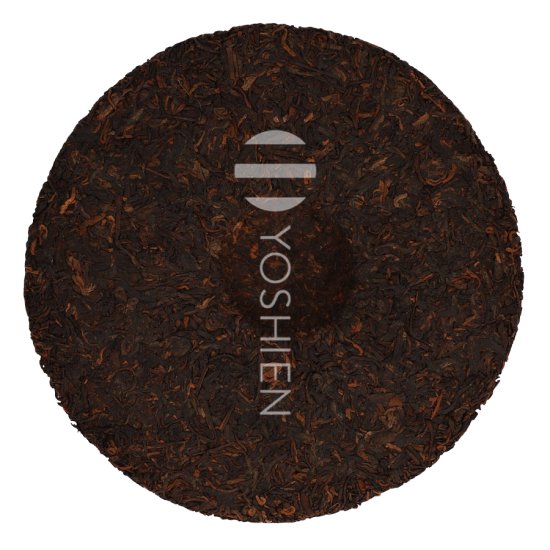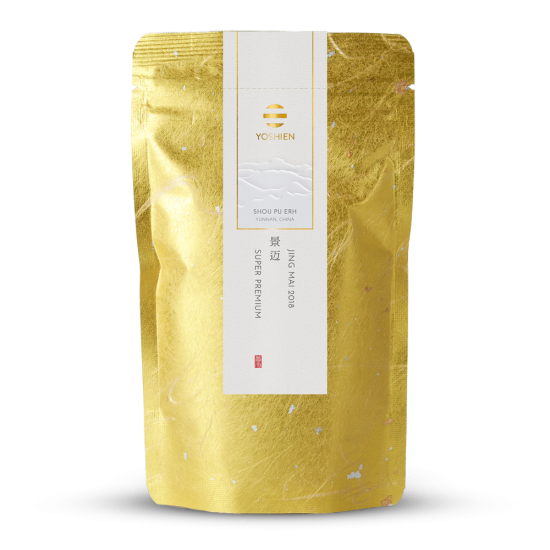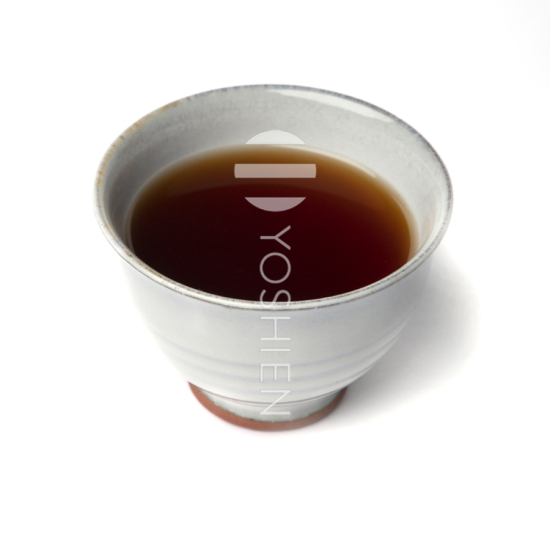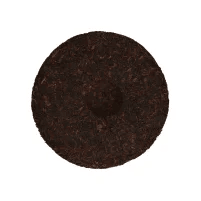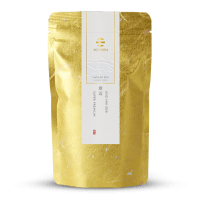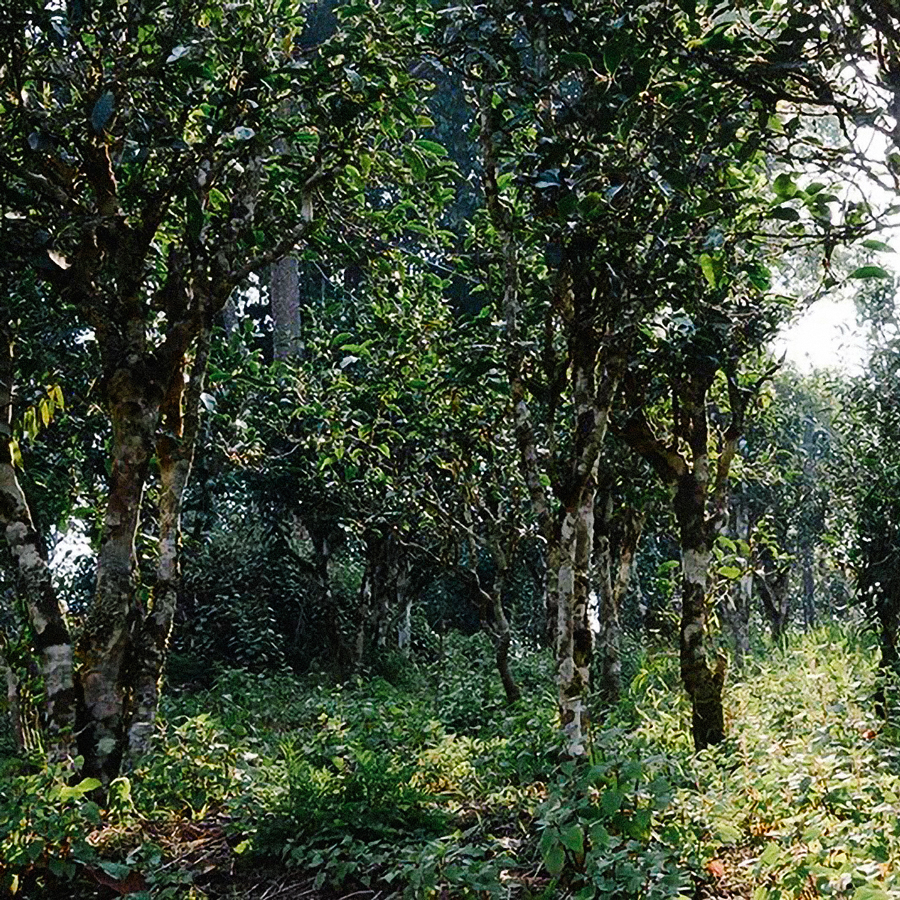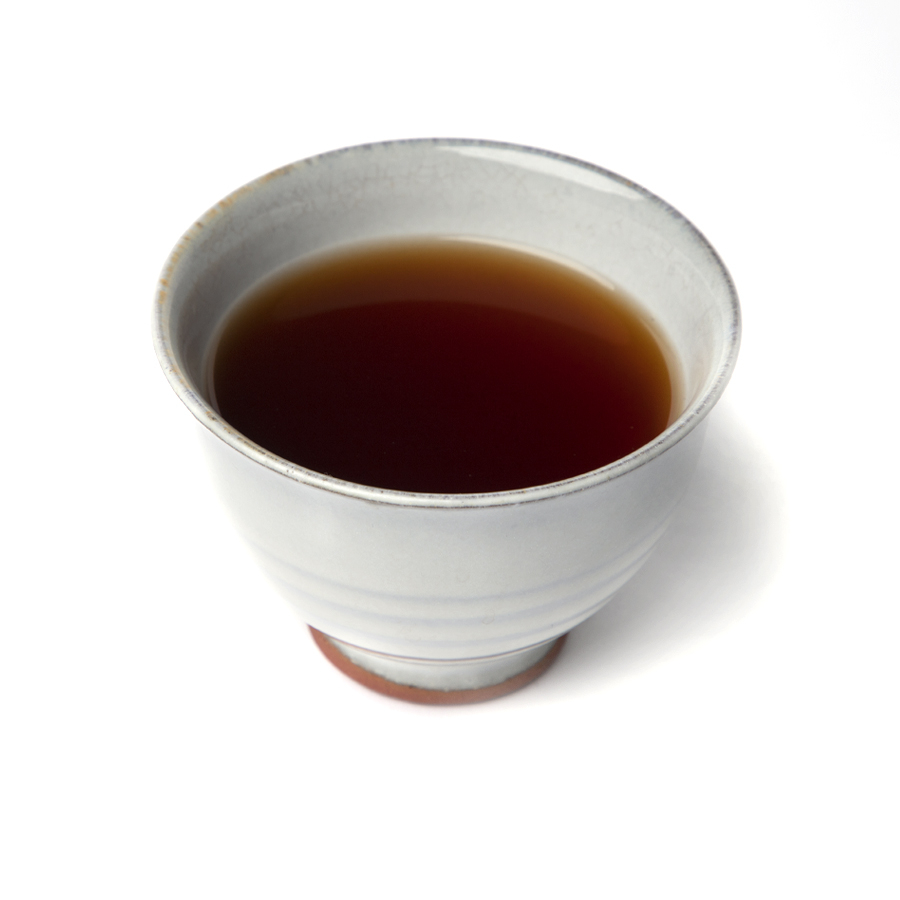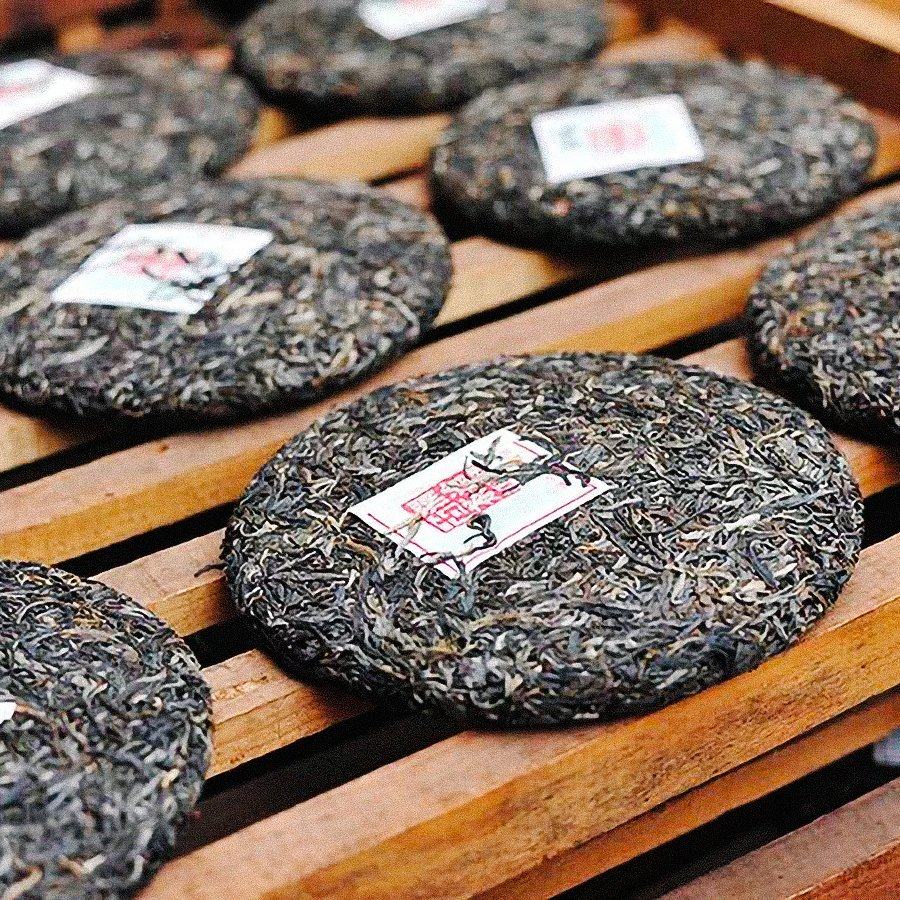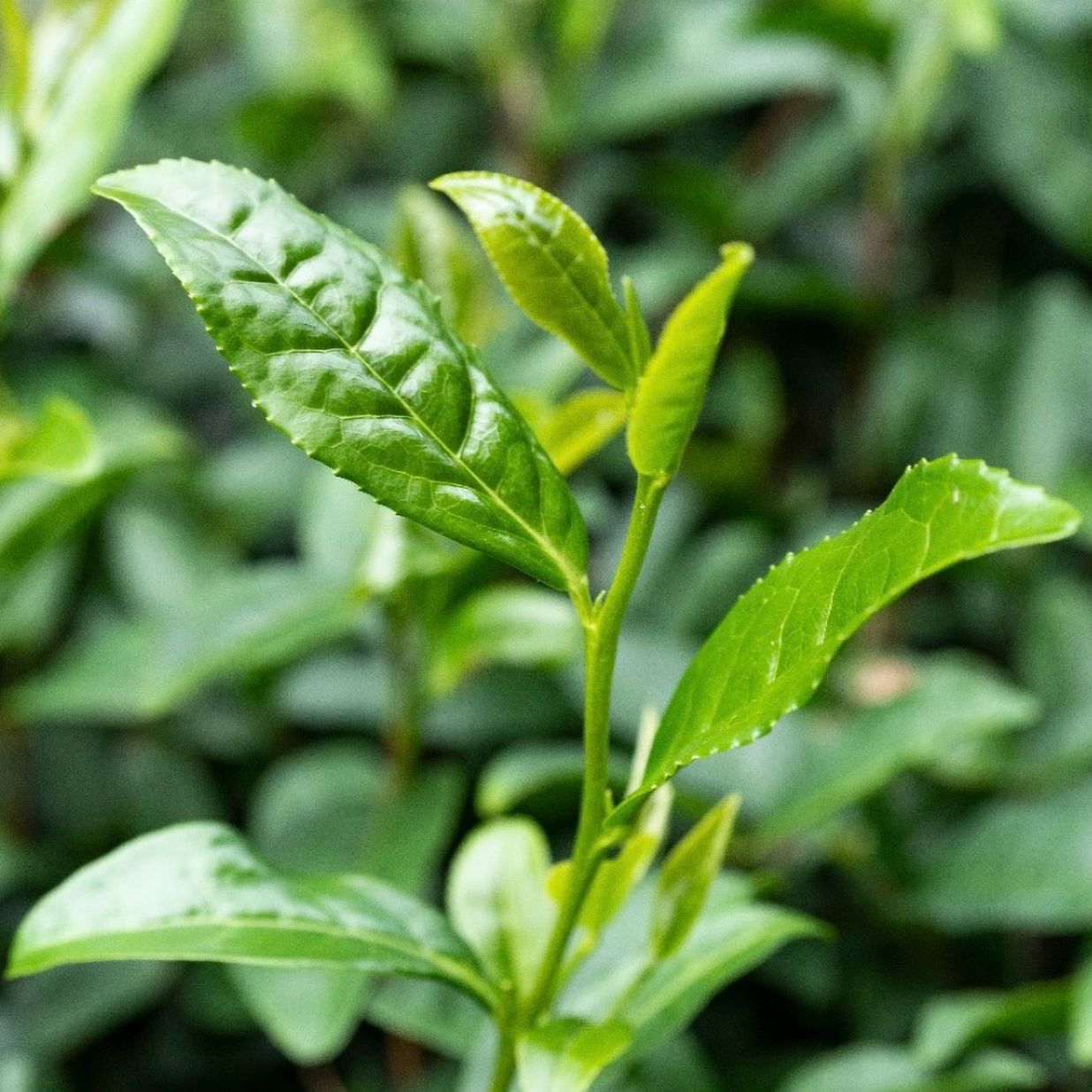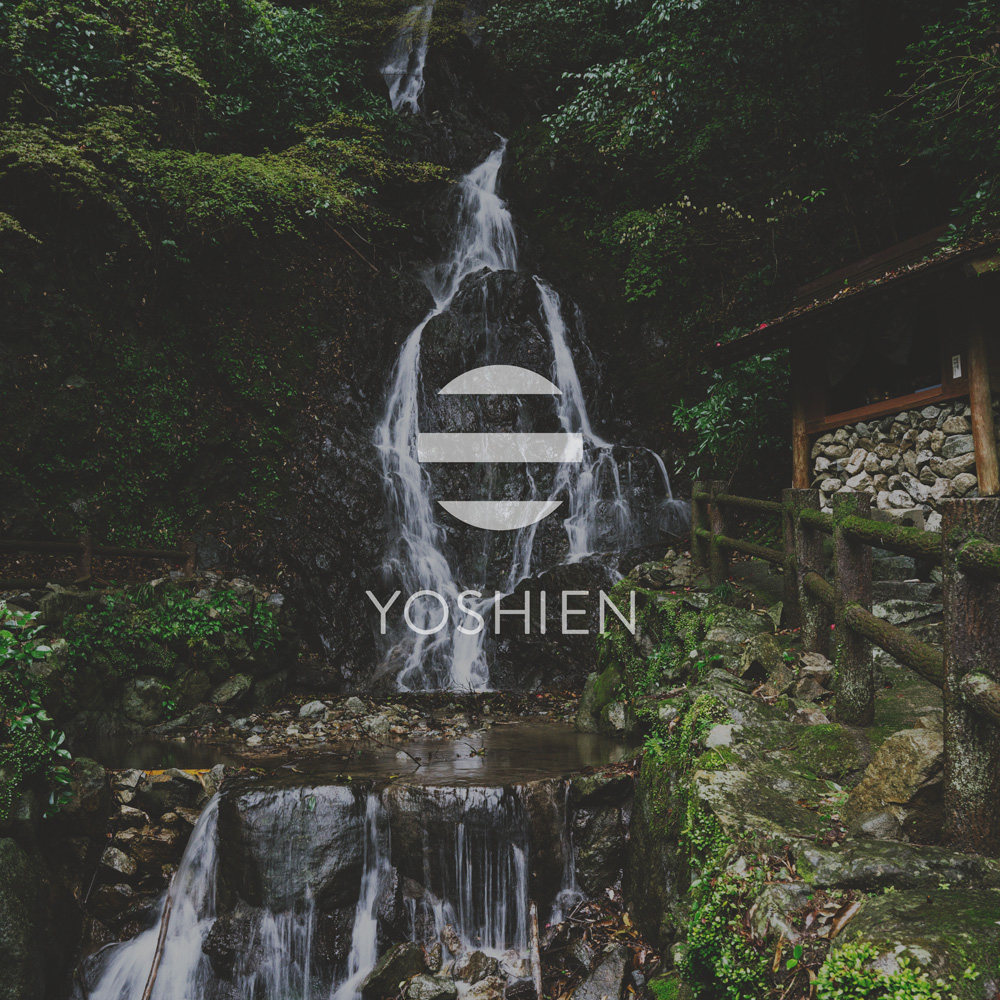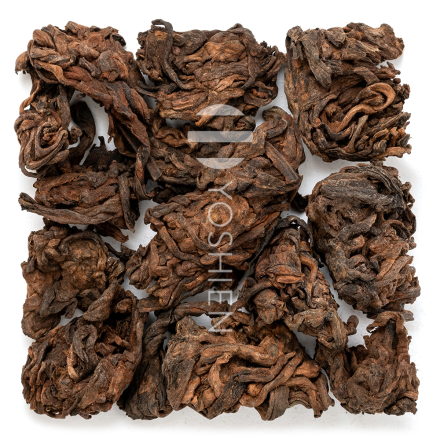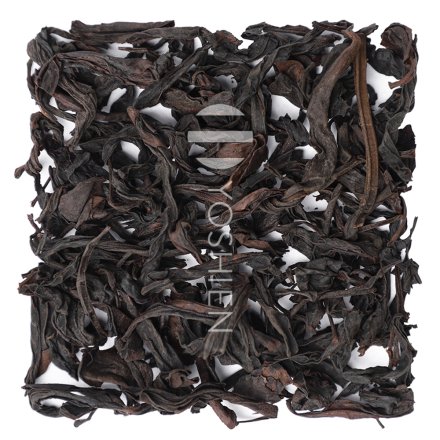The tea village on the edge of Jingmai Mountain lies at an altitude of around 1,600 metres. Almost every family in the village is connected to tea in some way, and most are tea producers who have carried on this craft for generations.
Long before the Pu Erh boom of the early 2000s, Jingmai was already a popular destination for visitors. Its main attraction is the vast ancient tea forest bordering the village, filled with trees that are several hundred years old – one of which is said to be 2,000 years old. The forest sits on a high plateau and can be easily explored on foot. The local Jingmai community, together with government efforts, works to preserve this natural treasure and protect it from outside disturbance.
Pu Erh from Jingmai comes either from the surrounding plantations of younger tea trees or directly from the ancient trees of the forest.
Storage
Matured and stored in Guang Zhou, China, from the year of production in 2017 to 2018. Since 2018, matured under controlled conditions in Sunday Natural's Pu Erh warehouse in Berlin.
Centuries-old Pu Erh tea trees
The tea plants used for Pu Erh are autochthonous, particularly large-leaved and wild-cultivated plants. Unlike conventional tea plants, which are the most widespread in the world, the Pu Erh cultivar does not grow as a shrub, but as a tree and can become up to several thousand years old. In science and research, it is generally assumed that this cultivar is the origin of all tea and that all other existing tea plants are descended from it. The cultivar is native to the four-country region of China, Vietnam, Laos and Myanmar. The Chinese part is in the province of Yunnan. Since the first attempts at cultivating tea are most closely associated with the history of Yunnan, the people of Yunnan like to call their homeland the "cradle of all tea". In the tea forests of Yunnan, no two tea trees are alike, as each has a very individual growth habit and is overgrown with different moss and fungi cultures. As a result, each tree bears its "own" tea. The older the trees become, the more their roots penetrate into the earth and thus into particularly deep layers of rock. In this way, the trees can "fill up" on valuable minerals and trace elements, which are ultimately also found again in the leaves and buds. The buds and leaves of wild-growing, old tea trees are therefore considered particularly valuable and extremely sought after.




